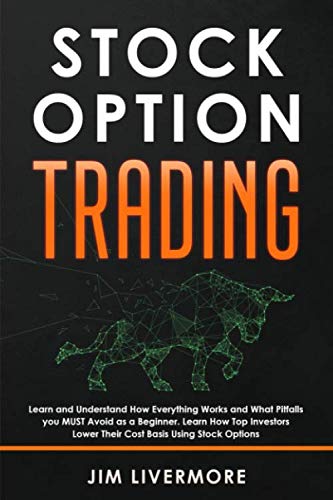Introduction

Image: www.tradersmagazine.com
Options trading, a potent financial strategy, empowers investors to exploit market fluctuations and augment their portfolios. However, navigating this complex realm demands discerning judgment in identifying stocks that align with one’s trading objectives. This article provides a comprehensive guide, elucidating the key criteria to consider when selecting stocks for options trading.
Screening Criteria for Stock Selection
-
Industry and Market Volatility: Identifying industries and sectors prone to substantial price swings is crucial for successful options trading. Examine historical volatility data and market trends to gauge potential fluctuation patterns.
-
Technical Analysis: Scour technical charts for specific patterns and indicators that suggest potential price movements. Look for breakout patterns, support and resistance levels, and moving averages to inform your trading strategy.
-
Earnings and News Events: Scrutinize a company’s earnings history, quarterly reports, and impending news events that could trigger price volatility. Positive earnings surprises, product launches, or mergers and acquisitions can have a significant impact on stock prices.
-
Liquidity and Trading Volume: High liquidity stocks offer ample trading volume, ensuring smooth execution of orders and reducing slippage. Consider trading stocks with a substantial track record and constant market activity.
-
Company Financials: Evaluate the company’s financial health through its balance sheet and income statement. Seek strong cash flow, consistent revenues, and robust profitability ratios to enhance confidence in the underlying stock.
-
Volatility and Implied Volatility: Assess the stock’s historical price volatility and implied volatility, as reflected in options prices. Higher volatility stocks provide greater potential rewards but also entail higher risks.
-
Stock Price and Market Capitalization: Consider trading stocks with reasonable stock prices and viable market capitalization. High-priced stocks may limit accessibility and options premiums, while low market capitalization stocks may pose liquidity challenges.
Example Stock Analysis
Suppose you intend to trade Tesla (TSLA) stock options based on its strong EV industry presence and high volatility.
-
Industry and Market Volatility: Electric vehicles are a burgeoning sector with significant growth potential and price fluctuations.
-
Technical Analysis: Tesla’s stock chart displays a consistent uptrend, with multiple breakout patterns indicating bullish momentum.
-
Earnings and News Events: The company consistently exceeds earnings estimates, and upcoming new product unveilings generate market buzz.
-
Liquidity and Trading Volume: Tesla is a highly liquid stock with substantial trading volume, facilitating swift and efficient options orders.
-
Company Financials: Tesla possesses solid revenue growth, profitability, and a formidable balance sheet.
-
Volatility and Implied Volatility: TSLA stock exhibits moderate historical volatility, and its options premiums reflect a balanced risk-reward profile.
Conclusion
Identifying stocks for options trading requires a comprehensive approach that encompasses multiple factors. By adhering to these screening criteria, traders can enhance their chances of selecting stocks that offer opportune trading opportunities. Remember to continuously monitor market trends, conduct thorough research, and employ sound risk management practices to optimize your options trading endeavors.

Image: stockmarketpartner.com
How To Identify Stocks For Options Trading
https://youtube.com/watch?v=D_LCeGbDFZs






